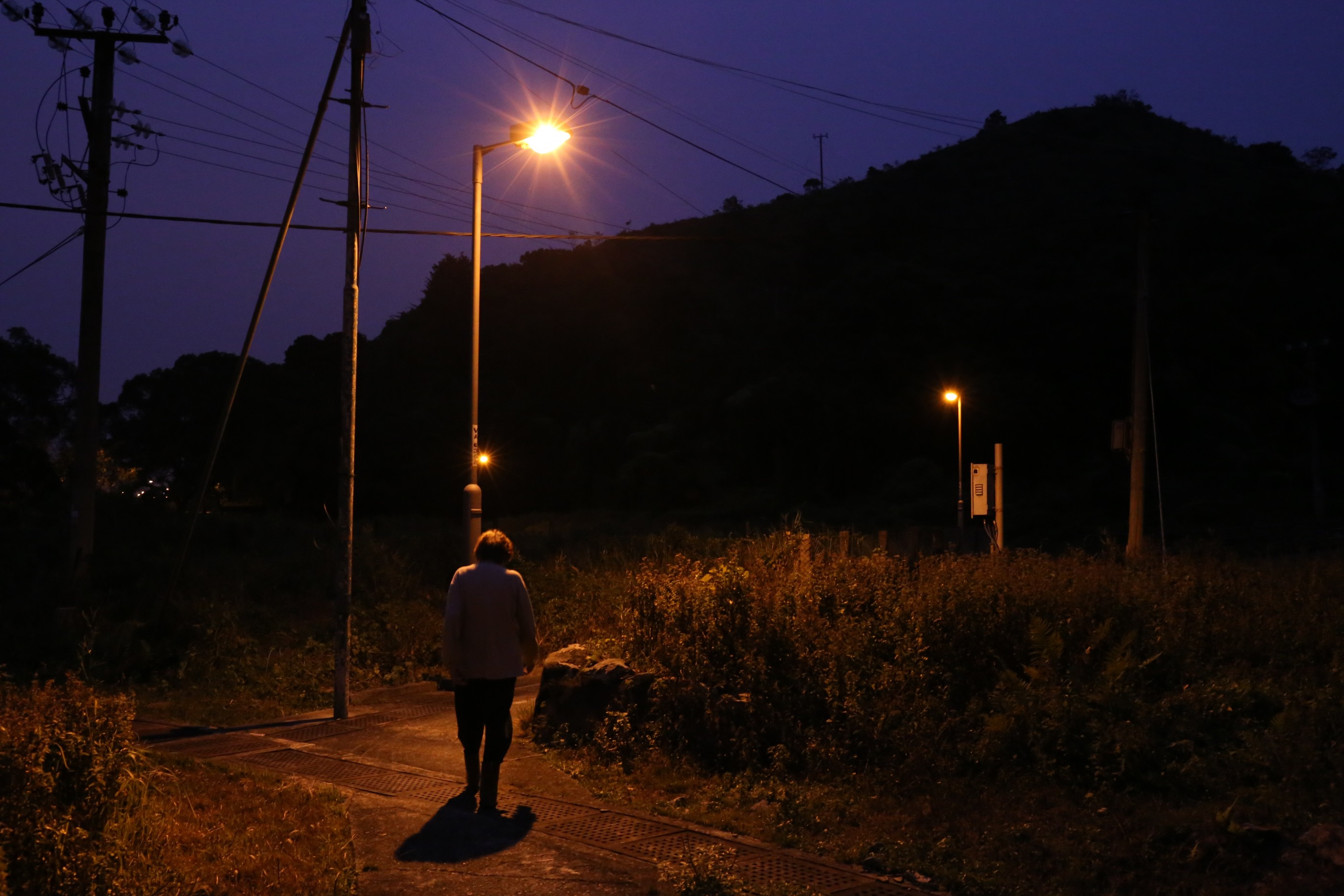Reporters: Grace Cheung, Zoe So, Sherry Tsui, Brian Wong
Editors: Cindy Ng, Silvia Li
Away from the hustle and bustle of city life, few people are away of the plight of the elderly left behind in semi-deserted rural villages. While many senior citizens living in city areas may enjoy family life when their children are off from work, these elderly villagers in remote area of the New Territories hardly ever see their loved ones because their homes are not easily accessible.
64-year-old Tsang Shan-wah moved back to Lai Chi Wo Village in Fanling two years ago and runs a store there. “Transportation is the major reason why the villagers move to the city, and many of them actually wish to come back very much,” he says.
In the 1960s, there were approximately 450 villagers around Lai Chi Wo area, and Tsang’s village was one of the seven most populous villages in Lai Chi Wo. But the remoteness of the location – it takes at least three hours to walk from the nearest train station – and the lack of public transportation means many young people have left.
When the elderly villagers fall sick, they have to hire a ferry to take them to the city and this costs a few hundred dollars.
Residents of Lai Chi Wo Village are not alone in their plight. Sha Lo Wan Village along the Tung O Ancient Trail can only be accessed by motorbikes or bicycles through a narrow hiking trail; and ferries which have just six sailings a day that stop here on the route between Tuen Mun and Tai O.
According to the Planning Department, Sha Lo Wan Village has a total population of 700 in 2013. However, most of the working younger people only return to the village on an irregular basis due to the inconvenient transportation, leaving fewer than 30 elderly people staying at the village on a daily basis.
A 70- year- old villager, who lives alone, says she has to hire a ferry to Tung Chung whenever she goes for medical follow-ups. It is an expense she can ill afford.
These villagers have been urging the government to run a ferry from Ma Liu Shui to Lai Chi Wo or let them operate “kaito” (small fast boats), but to no avail. They hope better transportation can bring the younger generations back and rejuvenate the villages. In San Tau Village along the same Tung O Ancient Trail, the villagers have been asking the government to build a carriageway linking Tung Chung to Tai O for 30 years. The government promised them one as a trade-off for building the new airport near their home. “It has already been ten-something years since the completion of the airport but still there is no progress for the carriageway,” says 76-year old Ms. Wong, who has been living in San Tau Village for over 50 years.
Cost efficiency and complex construction work are the major concerns of the government. In the meantime, these elderly people, many of them living alone in some of Hong Kong’s remotest villages continue to face uncertainty and anxiety. “Even the ambulance cannot access the villages promptly,” Wong says, “You just have to wait. If it’s not something that’ll kill you, you can wait, if it is, then you’ll die. That’s it, no big deal.”










































